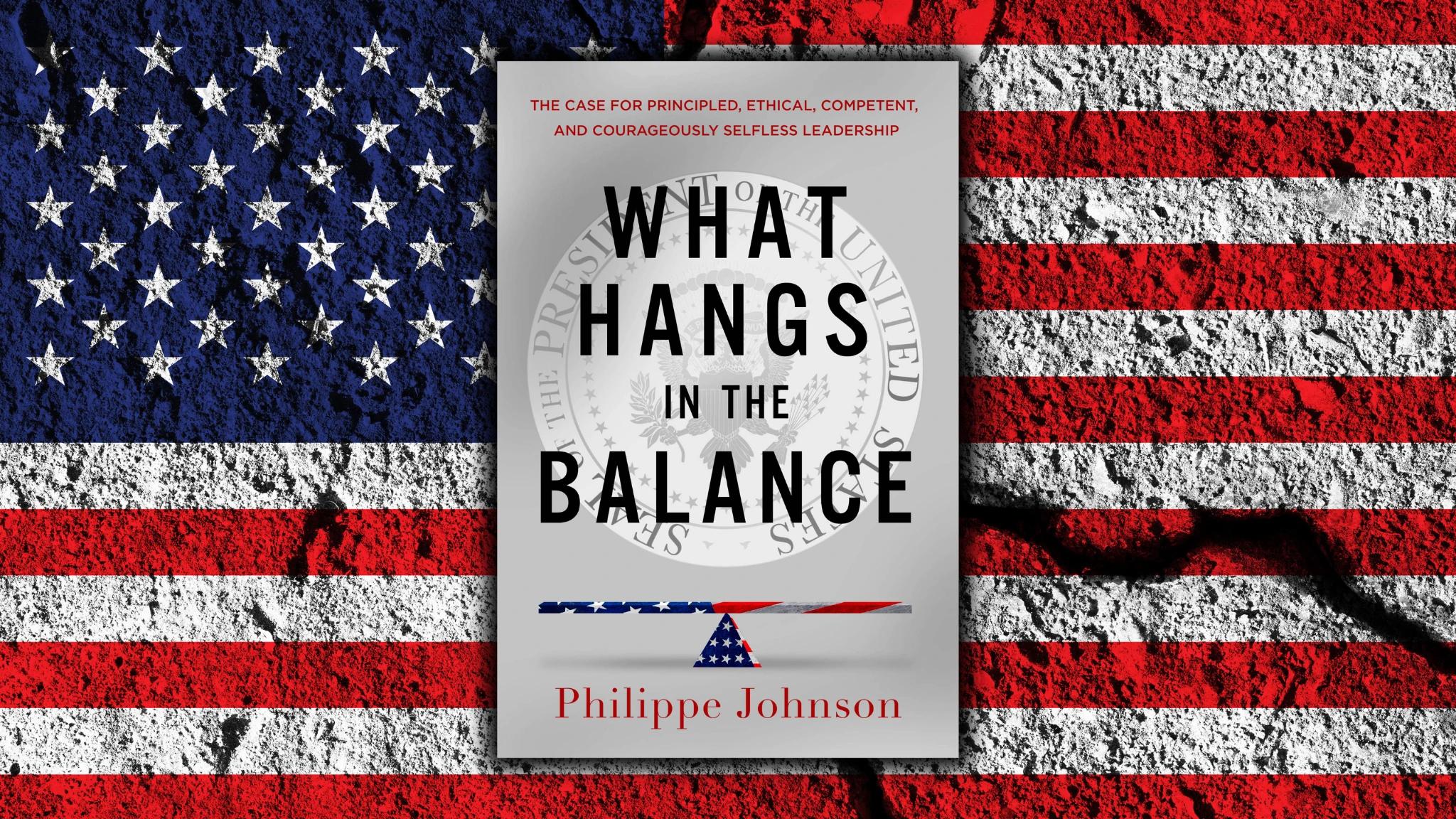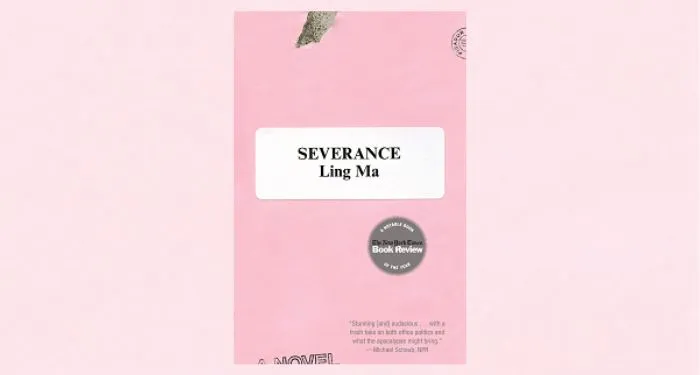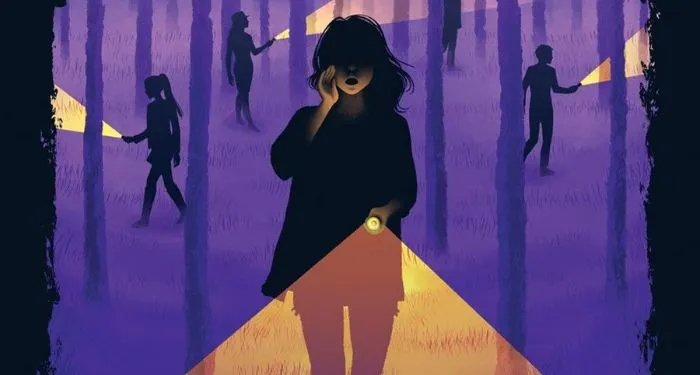Every few months I visit a local graveyard to help tend to the headstones of unidentified migrants who lost their lives along Arizona’s border with Mexico. To reach it one must drive through Tucson’s Evergreen Cemetery, past large pines and manicured cedars that shade the grassy grave sites below. Beyond these well-cared-for plots is a patch of dry, unshaded earth known as Pauper’s Field. It is here that the Pima County Public Fiduciary, over many decades, has laid to rest those whose families cannot afford burial or cremation.
Pauper’s Field is located on one of the city’s busiest thoroughfares, but I first learned of its existence only a few years ago, when I began to meet there with students visiting southern Arizona to learn about US immigration enforcement. The group that organizes these trips, the Kino Border Initiative, would start the visits by asking me to speak about the US Border Patrol’s deterrence practices, which for the past thirty years have forced migrants to make dangerous treks through the most remote parts of the desert. Students would then walk through the graveyard, often reaching down to dust off the flat headstones or to place rocks on them in the shape of a cross. Afterward we would gather for a moment of silence. In the discussion that followed, students would occasionally share their own ancestors’ stories of crossing the border and realize how easily they might have ended up here.
Students’ most frequent observation, however, had to do with the condition of the stones, many of which were covered with dirt or half sunken into pits formed during heavy rains. In response I soon began to bring brushes, rags, and buckets of water to these visits. Cleaning the stones, I noticed, deepened the students’ time in the graveyard by giving them the chance to engage in an individual, tactile exchange that left each inscription more visible than it had been before.
I thought of these stones while reading Brandon Shimoda’s new book, The Afterlife Is Letting Go, which opens with a meditation on a memorial to James Hatsuaki Wakasa, a Japanese immigrant who in 1942—after having lived in the US for nearly forty years—was one of 8,130 people incarcerated in the Topaz concentration camp in Utah as part of the forced removal of more than 125,000 Japanese immigrants and Japanese Americans from their homes after the bombing of Pearl Harbor. On the evening of April 11, 1943, sixty-three-year-old Wakasa was shot in the heart by a white nineteen-year-old guard who claimed to have seen him climbing the camp’s fence. Accounts of the incident vary: the guard may or may not have shouted at Wakasa; he may or may not have fired warning shots. Wakasa, furthermore, may or may not have been deaf; he may or may not have been unable to hear because of the wind. According to others, Wakasa had not been climbing the fence at all but simply walking his dog nearby or rescuing a stray, or maybe he had been reaching below the wires for an unusual flower or fossil or rock.
Shortly after his murder Wakasa’s companions erected a monument at the site of his death in the form of a two-thousand-pound stone. The government ordered it destroyed, but the prisoners buried it instead, keeping its location to themselves. Nearly eighty years later it was rediscovered after a descendant of the camp’s inhabitants, Nancy Ukai, found a map of its location in the National Archives, drawn the day after Wakasa’s death by George Shimamoto, another prisoner. It was agreed during a meeting of survivors, descendants, archaeologists, the National Park Service, and members of the Topaz Museum (located fifteen miles away in the town of Delta, Utah) that the stone should stay beneath the ground. “Excavation and removal are by their nature irreversible and destructive acts,” one of the archaeologists, Koji Lau-Ozawa, told Shimoda. He described the significance of “touch and interaction with the soil and the stone” for descendants—the importance of being able to lay one’s hand upon the earth in the same manner as those who came before.
In July 2021, without consulting any of those who had helped find it, the Topaz Museum unceremoniously removed Wakasa’s memorial stone and relocated it to a shed on the museum grounds. (“Remove” and “relocate,” Shimoda notes, are “resonant, triggering words” for the Japanese American community.) This act, allegedly taken to prevent vandalism or destruction of the stone, serves as Shimoda’s entry point for thinking about what he calls “the crisis of memorialization.” In his estimation, the Topaz Museum is a place about Japanese Americans but not for them. The museum’s 10,000 yearly visitors, its director tells him, are mostly white and know little to nothing about the history of incarceration. As Shimoda stands in the empty museum he imagines them filling the halls:
I was surrounded by the specter of 10,000 people moving through the galleries in a manner I had witnessed elsewhere, in other exhibitions: examining, with wistful, beatific expressions, each artifact…emblems of a shameful chapter which had, to them, closed; shaking their heads but ultimately marveling—often with childlike fascination—at how such a thing could have happened, when, amidst calls for it to never happen again, it is happening all the time everywhere.
Shimoda describes himself as a Yonsei poet—a term for fourth-generation descendants of those who emigrated from Japan, collectively referred to as the Nikkei (the first generation being Issei, the second Nisei, the third Sansei). He has published seven books of poems and two of nonfiction; he is also the coeditor, with Thom Donovan, of a collection of work by the Lebanese American writer and artist Etel Adnan and, with Brynn Saito, of a new anthology, The Gate of Memory: Poems by Descendants of Nikkei Wartime Incarceration.1 Shimoda’s work explores themes of memory and forgetting, ancestry and inheritance, and how state violence and immigration enforcement have marked the landscape of the American West and the US–Mexico borderlands. His poetry is frequently collaborative and formally varied, interspersed with diary entries, photographs, and excerpts from e-mails and letters exchanged with family, friends, and other poets and writers.
In his 2019 “ancestral memoir” The Grave on the Wall, Shimoda traces the life of his grandfather Midori Shimoda, a photographer who was born near Hiroshima in 1911 and came to the US as a young boy. Shimoda hardly knew his grandfather growing up but begins to piece his story together by gathering family histories, traveling to the village of his birth, and visiting the site of his incarceration at the Fort Missoula Alien Detention Center in Montana. At Fort Missoula, now a sprawling museum, Shimoda encounters a photograph of his grandfather hanging on the wall of the preserved barracks. “I felt like I was being thrown,” he writes, “through Midori’s face, into the immediacy of a history that was, until then, remote, more or less extinct.”
In The Afterlife Is Letting Go, Shimoda approaches this history writ large, visiting a multitude of ruins, memorials, museums, and monuments located at former Japanese American concentration camps and incarceration sites. He uses the words incarceration and concentration camp with researched intention:
I do not remember when I first heard of internment, which was the only word that seemed to exist…. It was not until years later that I learned that it was not an internment camp, but a concentration camp; that internment refers to the detention of non-citizens, while incarceration refers to the detention of citizens; that two-thirds of the people who were incarcerated were citizens and that the other third were not citizens because they were not eligible, by law, to become citizens.
While many of Shimoda’s chapters are written in the first person, his book operates less as memoir than as cultural criticism, examining how Japanese American incarceration has been presented across a multitude of disciplines and genres, including poetry and novels, graphic memoirs and children’s books, film and television, photography, art installations, panel discussions, newspaper editorials, and online testimonies. Significant portions are also given over to oral histories gathered in response to questionnaires he distributed to more than 250 descendants of the camps. Through these chapters Shimoda creates, much like Svetlana Alexievich in Voices from Chernobyl and other books, an assemblage of individual voices that together form a collective, polyphonic portrait describing the lingering presence of incarceration in their lives. “Where do the ancestors gather?” he asks this chorus toward the end of the book. “And where do you go to be with them?”
“Somewhere up there in the ether,” said Alden Hayashi.
“In the air, in the water, the soil,” said Chelsey Oda.
“In our earth,” said Esther Honda.
“In nature,” said Ellen Bepp.
“Where there is nature and stillness,” said Alyssa Watanabe Kapaona.
“Where there are stones and gardens,” said Nancy Ukai.
“Near a stream,” said Autumn Yamamoto.
“In moments of quiet reflection,” said Evan Iwata.
“In little moments of noticing,” said Megan Kowta.
One of Shimoda’s most affecting chapters describes the long absence of education about Japanese American incarceration in American public schools. Lori Watanabe remembers a full-page spread devoted to the attack on Pearl Harbor in her middle school history textbook but not a single word about incarceration. When she asked her teacher, Shimoda writes, “he responded, blankly, that he knew nothing about it.” Other descendants remember encountering, at best, “a measly 1.75 paragraphs about incarceration.”
While giving an oral report on Japanese American incarceration in sixth grade, Renee Tajima-Peña was screamed at by her teacher and told that the stories recounted by her mother and grandmother were fabricated, that such a thing “could never happen in America.” More “sympathetic” teachers invited child descendants to give presentations, unwittingly burdening them with becoming teachers of their own history. When Suzanne Kimiko Onodera talked to her high school classmates about it, she found that most of them did not believe her “and thought I made it up to get attention.” Liana Hisako Tai, after sharing her grandparents’ experience in Topaz, recalls being looked at by her mostly white seventh-grade peers “like I was a statue in a museum.”
Shimoda’s experience was similar: “I have a vague memory of a small gray box in my ninth-grade US History textbook, stating, in one lackluster paragraph, a wartime, therefore justifiable, injustice.” It wasn’t until he read Joy Kogawa’s 1981 novel Obasan, a fictionalized version of her family’s incarceration in Canada, that his awareness truly began. In his introduction to a recent collection of Kogawa’s poems, From the Lost and Found Department (2023), Shimoda writes:
It was her experience, and the lifelong reaching back to retrieve it from being, by force and forgetting, erased, that introduced me to incarceration, not the experiences of my own family members…about which I, mournfully yet mundanely, knew nothing.
The meager presence of Japanese American incarceration in American classrooms can be traced, perversely, to its most public moment of recognition. In 1988, based on the findings of a special commission that gathered years’ worth of survivor testimony, Congress passed the Civil Liberties Act, formally acknowledging the injustice of incarceration and issuing an apology “on behalf of the people of the United States.” The act also established a $5 million education fund “to inform the public about the internment”—an amount, Shimoda notes, that was lobbied down from a proposed $50 million, and only a portion of which was eventually used for school curricula, providing for “the lackluster, perhaps illusory, paragraphs in US history textbooks.”
The act is probably best remembered, however, for its provision to pay restitution to those who endured incarceration. After its passage, $1.6 billion of reparations was eventually paid out to 82,219 Japanese Americans at a sum of $20,000 each. The money Shimoda’s grandfather received was used to pay for one year’s rent in the nursing home where he died. “The check,” Shimoda writes, “was a coin placed in my grandfather’s mouth.” Meanwhile, the public moment of closure was given over to Ronald Reagan rather than the Japanese American community: in captions to the oft-reprinted photograph of the act’s signing, Reagan is almost always the only person named despite being surrounded by trailblazing formerly incarcerated Japanese American legislators. Ultimately, the government’s attempt to close the door on Japanese American incarceration was “an act of control,” Shimoda concludes. “It galvanized, out of voluminous testimony, a regeneration of silence.”
Early in the book Shimoda profiles the group Tsuru for Solidarity, a Japanese American–led organization that works to end immigration detention. Under the slogans “Never Again is NOW” and “Stop Repeating History,” the group invokes “the moral authority of Japanese Americans who suffered the atrocities and legacy of US concentration camps.” In 2019 the group successfully protested a plan to detain migrant children at Fort Sill in Oklahoma—a former site of Japanese American incarceration that had also previously served, under the Obama administration in 2014, as a detention site for approximately 1,200 Central American children. During the protests, Satsuki Ina, who was born in the Tule Lake concentration camp, neatly summarized the group’s ethos:
We are here today to protest the repetition of history. We were held under indefinite detention. We were without due process of law. We were charged without any evidence of being a threat to national security, that we were an unassimilable race, that we would be a threat to the economy. We hear these exact words today regarding innocent people seeking asylum in this country.
This encapsulates one of the central assertions of Shimoda’s book and of his entire body of work: that Japanese American incarceration “has not ended, but has entered a new phase.”
World War II–era incarceration coincided with a period of burgeoning immigration detention. In her 2017 book City of Inmates, the historian Kelly Lytle Hernández describes how the once relatively small US prison system began to expand to accommodate a rise in immigration convictions after the passage of the 1929 Undesirable Aliens Act, which transformed undocumented border crossings into a criminal rather than an administrative charge. “By the end of the 1930s,” writes Hernández, “imprisonment for unlawful entry bulged the federal penal system, tipped its expansion toward the borderlands, and recast the meaning of immigrant detention into punishment for crime.” After Franklin Roosevelt issued Executive Order 9066 in 1942, authorizing the forced removal of Japanese Americans, they were thrust into an existing infrastructure of immigrant detention. Many ended up in camps that previously or simultaneously held migrants—and some even ended up in facilities staffed by US Border Patrol agents where they were forced into labor alongside Mexican border crossers slated for deportation.2
One of the many concentration camps in the US–Mexico borderlands was the Gila River War Relocation Center, located forty-five minutes north of Tucson. (Many of Shimoda’s books focus on this part of Arizona, especially the interconnected poetry collections Evening Oracle, The Desert, and Hydra Medusa.) The site, which at its height became the fourth-largest city in Arizona, was effectively dispossessed from the Gila River Indian Community by the US Bureau of Indian Affairs during the war in order to transform its “worthless parcels” by using forced Japanese American labor to develop irrigation systems, agriculture, and roads. To escape the hundred-degree heat in the camp, Shimoda writes, people dug holes beneath the barracks. Below ground they slept, gambled, played games, and drank bootleg sake. Some even converted the holes into dens where they wrote sermons and poetry.
For many years I made biweekly trips to visit migrants and asylum seekers held at the Eloy Detention Center, barely thirty miles from the ruins of the Gila River camp. The people I spoke with there, and the many I have since interviewed about their time inside America’s vast for-profit immigration detention network,3 all described a daily life defined by what Shimoda identifies as one of the central conditions of incarceration: “crawling, indefinite time.” They would tell me how they passed their days sharing romance and mystery novels, self-help books and Bibles, gossiping about guards and immigration judges and fellow detainees, fighting over the microwave, over what television channel to watch, over how long someone had spent at a computer station. They taught one another arts and crafts and exchanged skills in reading or translation for commissary money to buy food, shampoo, soap, or tampons, or to send letters or make phone calls to loved ones. Almost invariably, their greatest fear was being separated from the others, locked away in isolation for being sick, unstable, or insubordinate, or for simply needing or asking too much.
While reading Shimoda’s book, I often imagined the descendants of today’s incarcerated migrants—more than 37,000 of whom are, as of this writing, detained in more than two hundred facilities spread across nearly every state in our nation—and the stories they might inherit about their ancestors’ time there. I imagined, too, the descendants who might someday seek to visit these places.
Shimoda writes that most of the incarceration sites he has visited “have been converted into memorials, ruins, or some uneasy combination of the two, or have been replaced by some form of American decadence or oblivion.” But it is also likely that as new generations come of age, a majority of these incarceration sites will still be functioning just the same, or very similarly, as they are today. Consider Fort Sill, which—before it was a site of Japanese American incarceration, before it was used to detain migrant children—was founded as a military outpost in America’s conquest of the frontier, a base from which war was waged against the Comanche, the Kiowa, and the Cheyenne. Later it became a prison camp for Chiricahua Apache forcibly removed from the Southwest and, concurrently, an Indian boarding school where generations of children were separated from their parents until its closure in 1980. Sometimes a place’s afterlife is barely an afterlife at all, but a grim continuation of the life it had before.
“When a descendant returns to the ruins,” writes Shimoda, “whether driven, dragged, plunged, forced, or of their own volition, they discover that they too are a fragment, a missing piece.” But it is also possible for descendants to not understand what they are a fragment of, or how to situate themselves in the larger story from which they are missing. Shimoda offers the example of Jennifer Nakamoto, CEO of the Nakamoto Group, a for-profit company that has been accused of rubber-stamping annual facility inspections for federal immigration detention centers and county jails. When called before Congress in 2019 for misrepresenting detention conditions, Nakamoto invoked her grandparents’ emigration from Japan to the United States and their subsequent incarceration in an Arizona camp during World War II, as if her ancestors’ story might somehow explain away her company’s facilitation of the carceral work of a high-paying client. In Shimoda’s estimation, Nakamoto is “emblematic of a kind of assimilation that Anne Anlin Cheng describes, in The Melancholy of Race, as ‘the repetition of a violence (against an other that is also the self) that she has already experienced.’”
Perhaps we should not be surprised by someone like Nakamoto. As a young man I walked a similar path when, despite knowing of my grandfather’s own childhood flight across the border during the Mexican Revolution, I nevertheless decided to work for the US Border Patrol. I imagined that I might be a force for good within a cruel system, unwittingly accepting the brutality of immigration enforcement as something inevitable about my country. When I left three and a half years later, I was faced with some of the same questions raised in Shimoda’s work: How do we untangle our lives from violence that has been ready-made for easy, thoughtless perpetuation? How do we challenge narratives that normalize and dismiss it, that ask us to accept and explain it away?
These questions are particularly relevant today, especially after the recent presidential election, in which both parties battled to project a tougher stance on migration, with Latino, Asian, Arab, and other minority groups composed significantly of recent immigrants all shifting toward the harshest candidate. Now we are witnessing the unfolding of increased raids, new and expanded “deportation camps,” and renewed immigration and asylum bans. It certainly seems that the repetition of this “violence against an other that is also the self” is not likely to be on the wane anytime soon.
Is there any right way to memorialize the injustice of Japanese American incarceration, the afterlife of which is ongoing in the mass internment of migrants languishing in detention centers all around us? Like the two-thousand-pound stone dedicated to James Hatsuaki Wakasa, our awareness of these ongoing traumas is perpetually being buried and uncovered again, claimed and then rejected, celebrated and then ignored. To mark the sites where this history occurred is no easy task, Shimoda shows us, because the sites are too numerous, because the true site is the entirety of the United States itself.
Shimoda and the chorus of descendants he invokes throughout his book suggest that each of us might find our own place to remember. Shimoda’s mourning may be situated in “the grave on the wall” where his grandfather’s image first stared back at him in the Fort Missoula barracks. Or maybe it is located in the hole by the fence in the Topaz desert that once held Wakasa’s stone, in the disturbed dirt that can still be touched, “soft, like cake flour, and warm.”
The Afterlife Is Letting Go is ultimately a book about tending—to ancestors, to ancestral stories, to history and memory. Shimoda writes:
I mourn the ways the dead are deprived of a place in the lives—the days and nights, thoughts and feelings—of the living. Maybe it is less about paying attention to the dead and more about sharing with the dead what we are paying attention to…. I would say that the difference between a ghost and an ancestor is the difference between the withholding and the sharing of our attention, that a ghost exists wherever we, the living, are not sharing our lives with the dead and that an ancestor is the definition of that sharing.
For me, the act of washing gravestones in a forgotten corner of my local cemetery, and accompanying young students as they do the same, is a way of sharing my attention with the dead, with a graveyard full of possible ancestors. Cleaning these stones without disturbing them, it occurs to me, is much like reading Shimoda’s book—an act of slowly revealing monuments and names, known and unknown, that risk being forgotten beneath the ever-accumulating dirt.


















 English (US) ·
English (US) ·